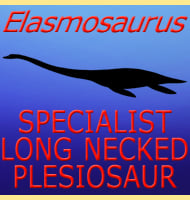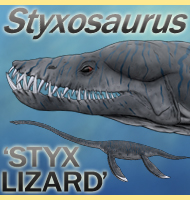Woolungasaurus
In Depth Woolungasaurus was an elasmosaurid plesiosaur, the group that are noted for having particularly long necks typified by the type genus Elasmosaurus. Out of this large sub group of plesiosaurs, Hydralmosaurus from North America is thought to be one of the most similar to Woolungasaurus. Another elasmosaurid plesiosaur that Woolungasaurus would have shared its … Read more

